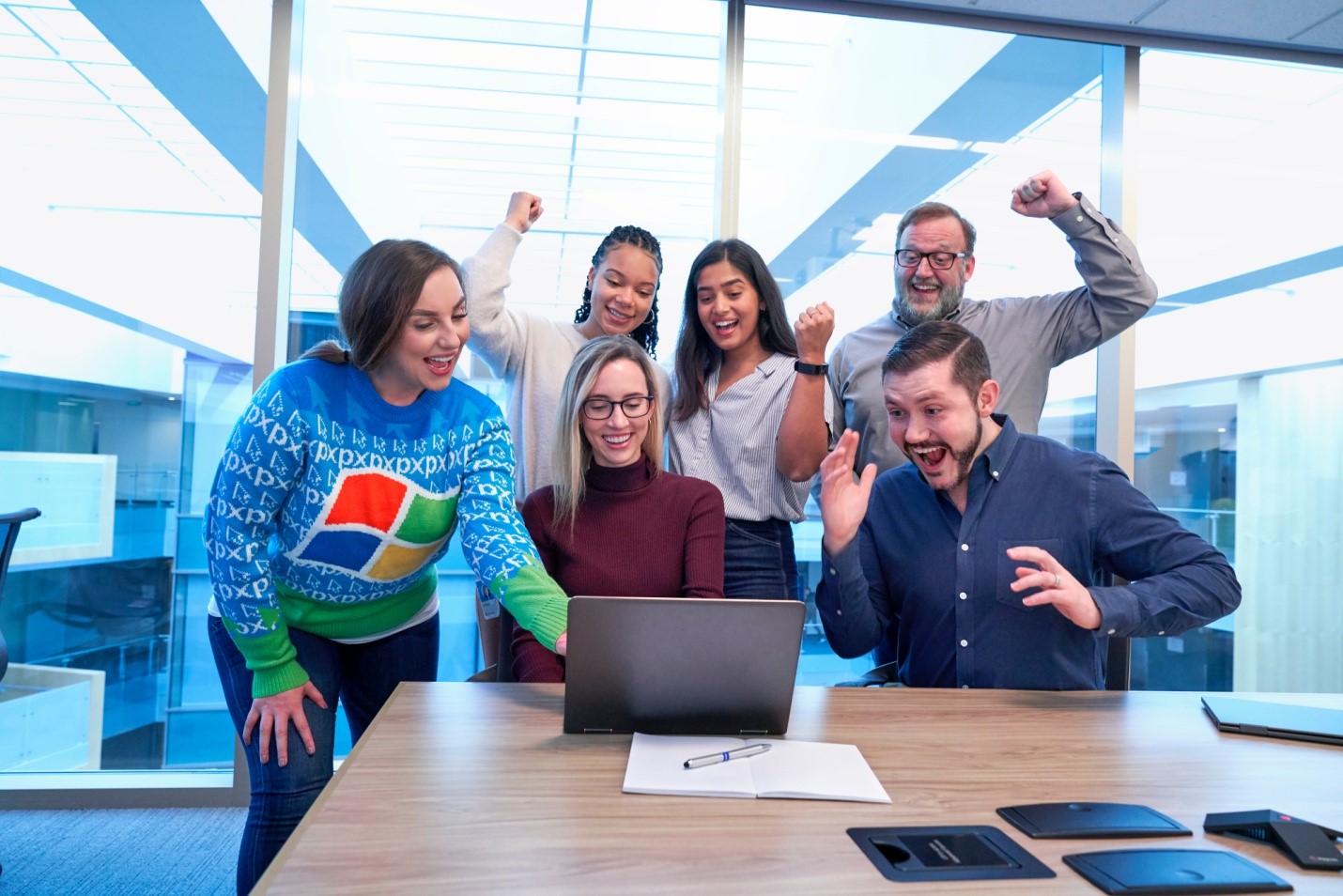How to Recognize Your Multigenerational Workforce
- By admin
- No Comments
03 Dec

In any organization, it can be challenging for people with different attitudes, skills, and beliefs to work together as a team. The problem becomes more apparent when such employees belong to multiple generations! Which is why, these days, handling a multigenerational workforce is something that most organizations worry about. Read on to understand such a workforce better and learn about ways in which you can recognize them and keep them engaged.
What is a multigenerational workforce?
It refers to a workforce that comprises employees belonging to different generations. Thanks to the average increase in lifespan, people can now work well past their typical retirement age. As a result, an intern fresh out of college may have to work with a veteran who has decades of experience.
Does that sound fascinating to you? It is! But it comes with many challenges too.
Currently, five generations can be a part of the workforce.
- Gen Zers – They are fresh graduates who were born after 2000. They have grown up amidst technological advances and are proud, confident, and young souls.
- Millennials – Such people were born between 1980 and 1999. This is the first generation that spoke out about equal pay, flexible work hours, and better working conditions.
- Gen Xers – These people were born between 1965 and 1980. They are flexible and adept, having seen the best of both worlds in the workplace.
- Baby Boomers – These individuals were born between 1946 and 1964. They are used to harsher work environments and stricter workplace rules. They may be collaborative but are not very comfortable with change.
- Veterans – Veterans were born between 1925 and 1945. They are traditional employees who come with a whole lot of work experience.
What differentiates these generations?
Everything differentiates these generations, starting from their skills, work approach, and thoughts, to beliefs, priorities, and characteristics.
Some of the challenges you may face while managing a multigenerational workforce are:
- Communication issues (think of the Gen Z folks sending out voice mails and texts while the Baby Boomers and the Veterans expecting a properly formatted email every time)
- Stereotypes (people have specific opinions about one another based on the generation they are from, and this can ruin workplace relationships)
- Management issues (you cannot treat a Gen Z and a baby boomer the same way! They may expect to be trained, evaluated, and spoken to differently)
So, should an organization stay away from multi generational management? Absolutely not! There are a lot of benefits of hiring people from different generations. Some of these are:
- Such a workplace facilitates knowledge transfer
- There are multiple perspectives on each problem that the team encounters
- It fosters organic mentoring opportunities
All that you need to do is learn how to manage a multigenerational workforce.
How to engage different workforce generations?

You have to start by accepting that there is no one-size-fits-all rule when it comes to employee engagement right now. Here are some engagement activities that may work in such a diverse workplace.
- Mutual mentoring
Instead of the older folks mentoring the younger ones, build a culture where people of different ages mentor each other. There is definitely something each of the generations can learn from one another. This can help beat the generational barriers too.
- Invest in a flexible leadership style
Some of your employees might be comfortable with a hierarchical management style and can easily accept instructions, while others might prefer working more independently. Is your leadership aware of such needs and flexible enough to treat employees the way they prefer? This is something to consider.
- Create a common goal
A common goal need not be a business goal. It can be anything that all the employees, irrespective of their generation, care about. This goal will keep the employees going, regardless of the other differences they may have. This is a very effective way of managing a multigenerational workforce.
- Create opportunities for the team to bond
You may be proud of your remote and hybrid work style. However, create opportunities for the team to come together and bond once in a while. It can be for a physical brainstorming session or a team lunch. This is where you will see each generation taking their respective roles – the baby boomers and veterans putting things in order, the Gen X people trying to make everyone comfortable and initiating conversations, and the others offering perspectives not thought of before!
- Let employees set their learning and development goals
Learning and development improves employee experience, betters skills, and brings down the turnover rate. However, the extent of L&D employees take up can vary based on their mindsets. Some people get better results from working practically instead of learning. It is especially true for the younger generations.
So, let your employees set their own L&D goals. Then, as the management, you need to provide them with the tools they need and stop at that.
- Have flexible feedback and communication processes
Some people might prefer getting instructions from those above them at specified intervals and are more comfortable with formal communication processes. Others might listen more intently over a cup of coffee than in the meeting room. Logically, a multigenerational workforce requires a multigenerational communication process. The management and the leaders need to know what ticks and how things must be communicated.
Why is recognizing your multi generation workforce important?
About 78% of organizations in the United States say that they have a multigenerational workforce. Therefore it becomes essential for organizations to learn and recognize individual generations.
Why is it essential for practicing multi generational management?
- Each of these generations can contribute something unique to the organization’s growth.
- Every generation has something to teach and learn from others.
- As human lifespan increases, people of different generations working together will be the norm, and the faster your organization adapts to it, the better it will be.
Why should you recognize your multigenerational workforce?
No matter which generation an employee belongs to, recognition is something they look out for and genuinely desire. Employees who are better recognized treat their peers better and help improve the overall employee experience.
The right way to recognize your multigenerational workforce
How does one recognize a multigenerational workforce? Start by knowing that recognition may mean different things to different people. The below strategies may help in establishing successful recognition practices.
- Offer flexible rewards. Some people may prefer just recognition and some prefer physical tangible rewards , while others may love a gift card. Have options of similar monetary value that the employees can choose from.
- Be generous with recognizing. Use multiple platforms to recognize the employee.
- Make it social and real time by leveraging technology. Use gamification elements to multiply the social impact.
- Use a simple yet effective recognition tool that all employees can make use of. If you have the practice of peer endorsements, make sure the tool is easy, so that people can provide their feedback in a matter of If the tool is very complicated, employees may stay away from it.
- Celebrate achievements as a group. It could be a work anniversary, a successful project completion, a birthday, or any major milestone. Make sure the team comes together to celebrate, even if it is just to sign a digital card. Have recognition tools that automate these processes, so you don’t miss special days.
Conclusion
The beauty of a multigenerational workforce is that there is so much every single person can learn from another. The fact that a 60-year-old and a 20-year-old can get excited and passionate about the same things is a wonderful feeling that companies have to cherish and encourage. Have different yardsticks in place when you plan employee recognition activities and take the time to compare and contrast each generation and understand what makes them tick.


